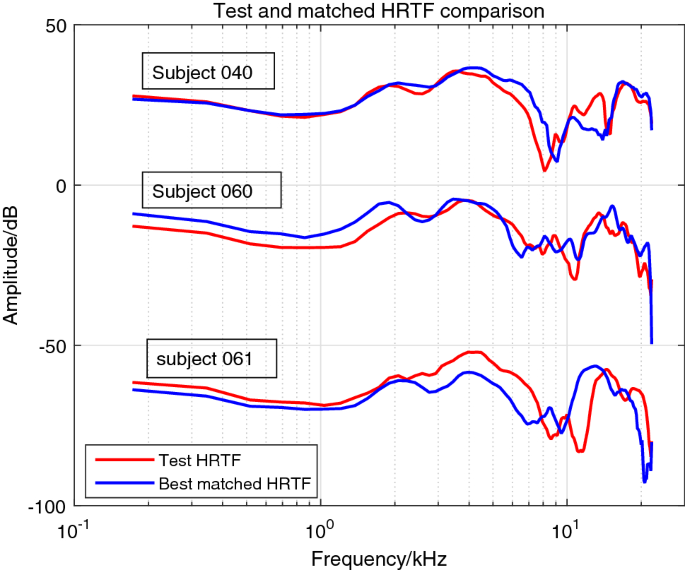I just watched the video. I don't think that presenter has a full understanding of what he is talking about and he has made a few mistakes. I have ignored all his overblown claims and focused specifically on his technical claims. Here are a few errors:
- "no other room correction software on the planet can achieve a flat bass response in your ears". Patently untrue. All of them do that, some more effectively than others. And as he points out, bass frequencies are in the "quasi-free field response" and
not influenced by HRTF/pinna shape, but it may be influenced by your body and the sofa you are sitting on. Existing room correction software already does account for this if you use a MMM measurement.
- "only want to use DSP on the bass and not the highs". That is true, but people want to correct to Schroder, or at most 4x Schroder. This is typically around 400Hz. His screen shows BACCH ORC correcting up to 1kHz. This is likely because a 1kHz wavelength is 34.3cm, which is the lower limit for the HRTF. Rather than making the division at Schroder + everything else, ORC is doing HRTF + everything else. This is a reasonable decision by Theoretica, but the presenter misrepresents this point as something else entirely.
- "sometimes high frequencies can be absent in large rooms". Hmmmmmmm. Maybe if you have a tiny inefficient speaker in a concert hall sized room, it would lose enough treble energy that everything from 15kHz up disappears. But not in most normal "large" rooms.
- "I only want DSP in the bass but not in the highs, so you can cut-off DSP for the highs". Maybe, but then you lose the benefit of the HRTF correction and head tracking feature. I doubt if he presented that feature accurately.
All the above are criticism of the presenter, and not of BACCH ORC. Just because the presenter does not understand DSP and makes an error filled video does not mean that ORC is not a good product.
The video does tell me that ORC is a type of DSP that I call "black box". Measurement goes into the black box, result comes out. You don't know what the black box has done. I was looking carefully to see how many settings you can change with the "black box", and it appears as if ORC has not made them user adjustable. Only a few coarse settings like adjusting which bands you want to correct, choosing a target curve (does it have a target curve designer? Or do you have to use the pre-programmed target curves?). "Black box DSP's" are both good and bad - good in that it makes software easier to use, especially who don't understand DSP. Bad in that advanced users can not over-ride software correction settings. In this case you are wholly reliant on the DSP algorithm being correctly implemented because you have no way to over-ride it.
I don't want to sound overly negative. I am excited about the binaural measurement, and taking into account HRTF and pinna transfer function, and the head tracking. However, you can buy in-ear microphones and make your own corrections with other software, and do it with FIR filters. Acourate (and probably also REW/RePhase) is able to do this since it is not a "black box" DSP, but probably not Audiolense, Dirac, Focus Fidelity, or anything else. You only need to figure out the workflow/invent one for Acourate, and I am already thinking about how I would do it. The only thing missing is head tracking. To me this is the most unique feature of ORC and what I find the most exciting.
So to answer your question, "can I think of any other means of achieving that level of accuracy?", the answer is yes. In fact, probably superior accuracy since I am making the decisions and not a software algorithm. But not with head tracking.
@Gwreck, can you tell me how many channels ORC is ableprocess? I may be able to feed it 8 channels if I insert it downstream of the convolver.


